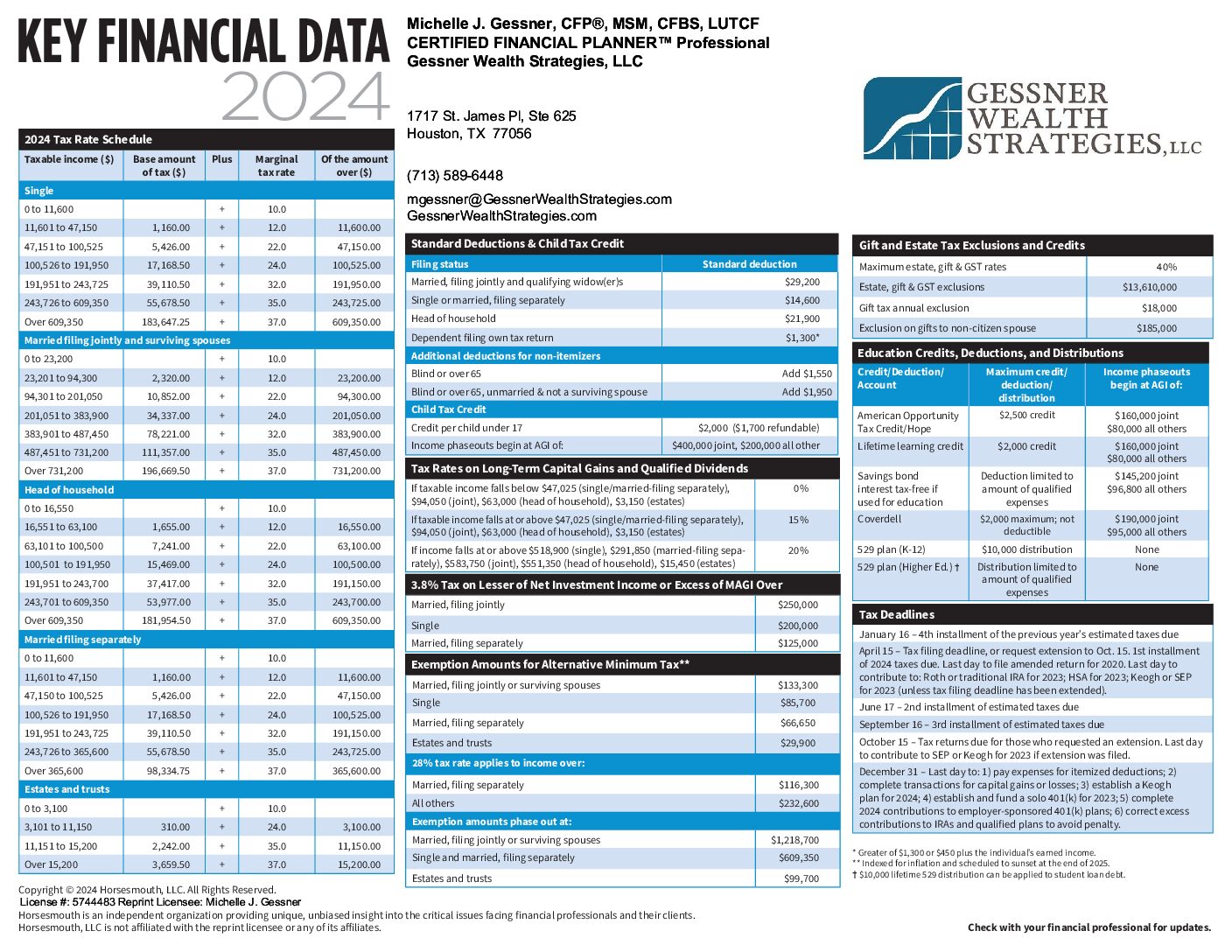What would happen if we could actually time the market and know ahead of time when the lowest point would be to invest? That’s the question that market analyst Nick Maggiulli set out to answer in his research, which he describes in his blog. Incredibly, his research shows that even if an investor could choose to invest his money on the lowest trading days during the year, he or she would outperform a simple strategy of investing the same amount every day in the market by only 0.4% a year! Remember, this strategy required that the investor had perfect forecasting, which is not realistic. While his conclusion may be a disappointment to some, the good news is that you don’t need a crystal ball to get almost the same returns! All you have to do is continue to invest in a disciplined manner from now until you need the money.
On a related subject, here is a link to another article from Nick Maggiulli, specifically about which is better: investing a lump sum of money all at once or investing it over time, otherwise know as “dollar cost averaging” (abbreviated here in this post as DCA). Some people worry that they should wait on the sidelines for the market to decline or crash and then invest at the low point or invest over time to smooth out any unlucky timing. What does the research show with regard to investing over time vs. investing all at once? Again, it may seem counter-intuitive, but investing your money as a lump sum outperforms DCA because the market rises 80% of the time. Therefore, DCA tends to buy at prices higher than if you had just invested your money as a lump sum.
Another startling conclusion from Nick’s research: DCA underperforms investing as a lump sum 80% of the time, but there are still a few cases where DCA outperforms. The most notable outperformance occurred 12 months before the bottom in March 2009. He also notes in his article that DCA underperformance increases as the length of the buying period increases. By the time you get to a 5-year DCA buying period, the chance of underperforming a Lump Sum is 95% and the average underperformance is 17%.
In conclusion, market timing does not work and you’re better off investing your money as a lump sum than investing over a period of time!
— Michelle Gessner, CFP®








